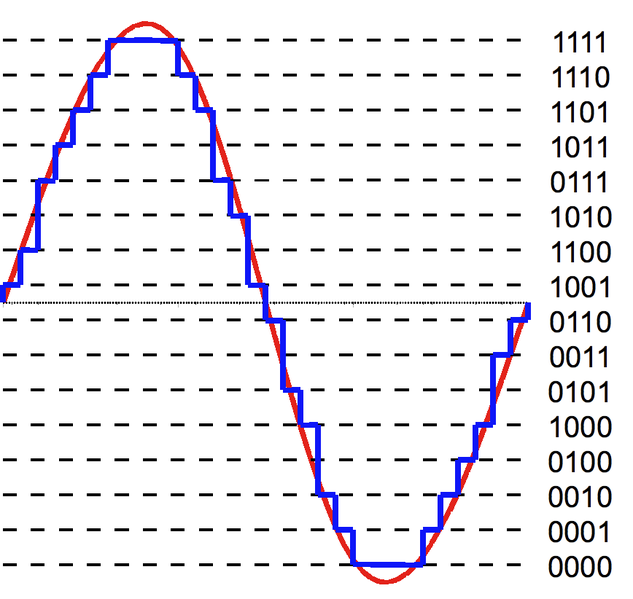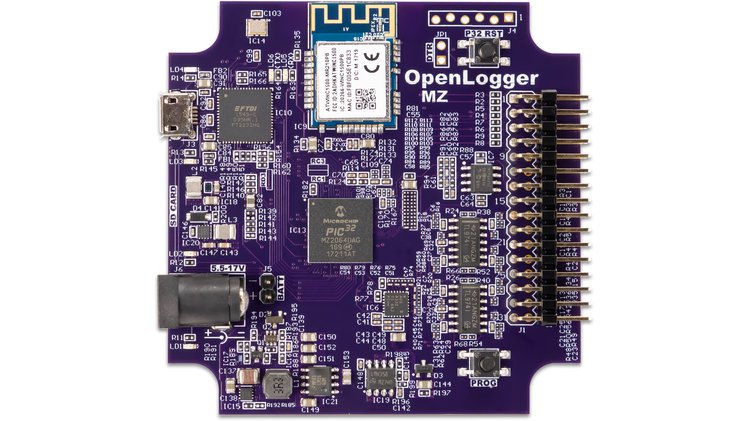When it comes to technology, what does “resolution” mean to you? Don’t we all want “high resolution?” Why? If you Google “resolution definition science,” the first in 340 million results are from GCSE Science: “The smallest change in the quantity being measured (input) of a measuring instrument that gives a perceptible change in the reading.” You could also think about it as a level sensitivity to a changing input.

I don’t know what this guy is looking for, but like Bono, he still hasn’t found it. Photo from here.
Now, if you were only concerned with something like an on/off status, your measuring device might not need a high resolution to detect that change. However, take into consideration if you were measuring a dynamic analog signal or digital bus over some short period of time. Do you think the resolution of your measuring device is going to matter more? You bet it will. Below is an illustration of digitally approximating a continuous sine wave with different resolutions. Photo from here.

The OpenLogger has eight, 16-bit resolution analog data logging channels. 16-bits! I am used to 8-bit, 10-bit, sometimes 12-bit resolution, but 16-bits of resolution doesn’t seem to be available much with the devices I am usually using. So, how is that helpful? Let’s think about an example input, ranging 0 to 5 volts, common for digital signals and microcontrollers. If you are using an 8-bit analog input, that means that input can be digitally interpreted as 2^8 different levels of input voltage or 256 different values. That resolution provides 5 volts / 265 bits, which is approximately a change of 20 mV per bit. If you are using a 16-bit analog input, then you can store 2^16 different levels of input voltage or 65536 different values. That resolution provides 5 volts / 65536 bits which is approximately a change of 76 uV per bit. That’s an increase in resolution by a factor of 256! Your data is going to be so much more accurate to the true input voltage changes. Below is an illustration of a 4-bit resolution sine wave approximation. Notice if there are more bits, the closer the approximation will be. Photo from here.

When using measuring and instrumentation devices, it is always a good idea to consider the resolution of those tools and how that will affect your data acquisition. Maybe 8-bit resolution is okay, maybe it’s not and 16-bits is needed to show more subtle changes. Check out the open source OpenLogger and it’s free, open source, browser based software WaveForms Live for your next instrumentation needs.

